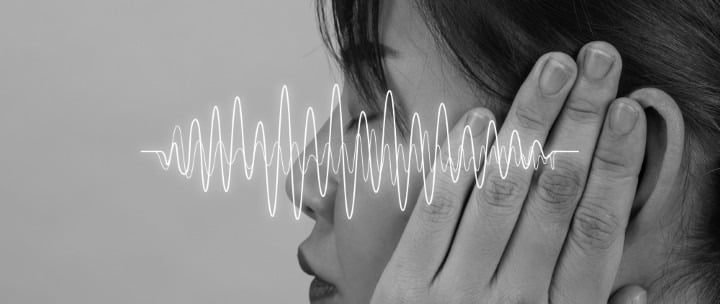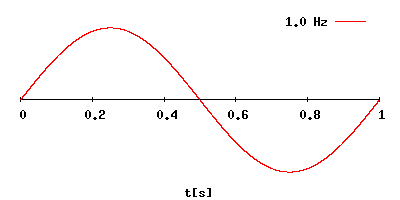Find your tinnitus frequency for sound therapy
APPSTHERAPY
3 min read


Introduction
Tinnitus, often described as a persistent ringing, buzzing or hissing in the ears, affects millions of people worldwide. For some, it’s a mild background noise; for others, it can be deeply distressing. While there’s still no universal cure, understanding how tinnitus works and how frequency plays a role, can be empowering, especially when it comes to managing the symptoms through habituation therapy.
What is a frequency?
In simple terms, frequency refers to how fast a sound wave vibrates. It’s measured in Hertz (Hz), and it determines the pitch of a sound. Low frequencies (like a bass drum) produce deep tones, while high frequencies (like a whistle) create sharp high-pitched sounds.
Everyone hears sound within a certain frequency range, but with tinnitus, your brain may "generate" a sound that isn’t actually present in the environment. This sound often has a very specific frequency unique to the individual.
Most people hear in the range of 20 Hz to 20,000 Hz. But tinnitus doesn’t come from outside vibrations,it comes from within.
The brain and the illusion of sounds
Tinnitus isn’t just about the ears, it’s deeply rooted in the brain. While it may begin with damage or changes in the ear (like from loud noise exposure, aging, or ear infections), the perception of tinnitus happens in the auditory cortex of the brain.
When the brain detects a lack of sensory input, like from damaged hearing cells, it can start to "fill in the gap" by creating phantom sounds. It’s a bit like your brain trying to make sense of missing data. The result is the internal noise we recognize as tinnitus. Your brain essentially becomes the source of the sound, not your ears.
Why the brain gets stuck?
Signal Misfire: Damaged ears send mixed signals, which the brain reads as noise.
Neural Overdrive: The brain cranks up sensitivity, turning silence into static.
Feedback Loop: It latches onto the noise, amplifying it like a mic too close to a speaker.
Attention Trap: The more you notice it, the harder it is to ignore.
Tinnitus often begins with hearing loss. Your ears and brain usually work together to process sound, but when hearing fades, the brain fills in the gaps.
How Hearing Loss Triggers Tinnitus:
Sound Gaps: Damaged hair cells miss certain frequencies.
Brain Compensation: The brain invents sound to fill the void.
Nerve Confusion: Mixed signals trick the brain into hearing ringing.
Persistent Loop: Over time, the brain hardwires the phantom sound.
Think of it like a radio losing signal, your brain starts filling the silence with static.
Find your tinnitus frequency with Apps
Since tinnitus often manifests at a specific frequency unique to each person, one powerful tool in managing it is finding your own tinnitus tone.
Apps like the Tinnitus Help App or Frequency Generator allow you to:
Match a tone to the one you hear.
Identify the approximate frequency of your tinnitus (e.g., 7,000 Hz).
Use that information in therapies or masking techniques.
Watch this video to see how you can find your own tinnitus tone:
Source : https://tinnitushelp.app
Why knowing your tinnitus frequency matters?
Habituation therapy is one of the most effective long-term strategies for coping with tinnitus. Rather than removing the sound, it helps your brain stop reacting to it emotionally.
When you know your tinnitus frequency, you can:
Use notched sound therapy—playing music or white noise with your tinnitus frequency filtered out, encouraging the brain to tune out that sound.
Set up masking tones that match your tinnitus and help blend it into the background.
Work with therapists or audiologists to customize sound exposure routines.
Over time, your brain can learn to treat the tinnitus sound as unimportant, just like the hum of an air conditioner you stop noticing.
Image by Freepik





